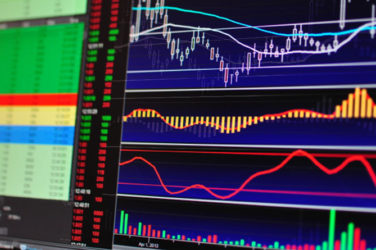
Decimalization, ATSs, automated trading—the list of regulatory, technological, and business forces that have reshaped he U.S. equity markets is a long one, and achieving a holistic view of market structure in this environment is challenging, market participants agree.
“We all recognize that the markets have changed in significant ways since Reg NMS and other reforms were adopted,” said John Ramsay, acting director of trading and markets at the Securities and Exchange Commission, at Thursday’s Sifma Market Structure conference in New York.
The paradox of the current U.S. equity markets is that as they have become more efficient in terms of price discovery and order matching, they have also become more complex and harder to navigate.
“The U.S. equity market has changed dramatically over the last 15 years, driven by technology, innovation and intense competition,” said William Baxter, head of global program trading and market structure at Fidelity Investments. Transaction costs have decreased and are at or near all time lows. We have better tools in the form of algo toolkits that allows us to tailor our strategies to better serve portfolio managers in markets that are increasingly electronic.”
But at the same time, there has also been a proliferation in trading venues. “For the average buy side institution, trading strategies such as HFT are not as transparent as they could be,” said Baxter. “At Fidelity, we trade in every world market, and the U.S. equity market is the most efficient for pricing of equities. But for the average buy side institution, has the market become excessively complex?”
Technology investment is near or at all time highs because of competition across the trading ecosystem. “Innovation leads to complexity,” said Baxter. “Is the market incurring more cost in the aggregate, and what is the net benefit to the long-term fundamental investor? We would like to see more operational transparency.”
The Financial Industry Regulatory Authority has proposed a rule to require each alternative trading system (“ATS”) to report to Finra weekly volume information and number of trades regarding securities transactions within the ATS; and to require each ATS to acquire and use a single, unique market participant identifier (“MPID”) when reporting information to Finra, which will make the reported volume and trade count information for equity securities publicly available on its web site.
“ATS activity has become in the aggregate quite significant,” said Finra chairman and CEO Richard Ketchum. “Whereas most of the original ATS innovation was focused on large size orders between institutions, ATS have evolved to look not very different from exchanges. Most ATS activity is in small trades by firms using a variety if agency and proprietary trading strategies, and its not easy to understand how much activity is occurring on a particular ATS. The Finra proposal would provide a great deal of transparency.”
Regulation ATS requires each ATS to report to the SEC on a quarterly basis, via
Form ATS-R, its total unit volume of transactions and total dollar volume of transactions, not for each particular security issue, but only for each category of securities covered by the rule.
Although the volume reporting is not on a security-by-security basis and is
only based on quarterly volume, the Regulation ATS fair access requirement and the
order display and execution access requirements are triggered on a security-by-security basis and are based on monthly volume numbers rather than quarterly volume numbers.
Consequently, the current ATS reporting obligations do not provide sufficient information on which to determine whether an ATS has exceeded the volume thresholds in Regulation ATS.
“The principles of the SEC Concept Release on equity market structure are still valid,” said Ramsey, in discussing how the equity market structure review should proceed. “There’s potentially a lot of value to be gained from real-time transparency for more liquid trades that are done through ATSs. One-third of total volume going through ATSs is in dark pools, he noted.




